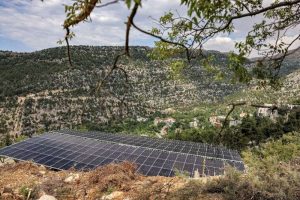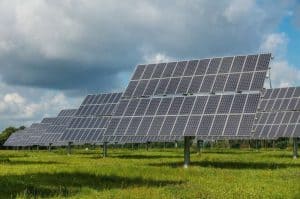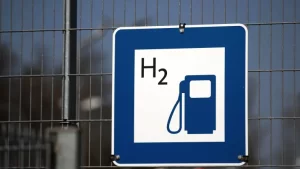
High-performing water filtration systems—necessary for reducing water scarcity—can also reduce cost and energy consumption, a new Northwestern University-led analysis finds.
In the new study, researchers performed a high-level analysis of membrane filtration systems to evaluate cost, energy consumption and greenhouse gas emissions associated with desalination and wastewater treatment. The researchers specifically examined antifouling membranes, a high-performance filtration system that resists the accumulation of contaminants.
Although foul-resistant membranes may cost more money when purchased, they cost less over their lifetimes than cheaper, non-foul-resistant membranes, which require frequent cleaning and need to be replaced more often. In fact, the researchers found that municipal wastewater facilities could spend 43% more on antifouling membranes for wastewater treatment and up to three times more on antifouling membranes for desalination, and still maintain their baseline operating costs.
As aging infrastructure and climate change stress water supplies, many municipalities and researchers are exploring processes, including desalination and wastewater treatment, that can increase water availability from less conventional water resources, such as brackish water. Investing in antifouling membranes upfront could help drive down the costs of these typically expensive treatment systems.
“With increasing water scarcity, technologies like desalination are becoming more important than ever,” said Northwestern’s Jennifer Dunn, who led the work. “But there are always tradeoffs between engineering performance and cost. A filtration system might have amazing performance, but if the cost is too high, then people won’t adopt the technology. We’re hoping that our modeling and analysis can help guide research and development.”
The study was published on Aug. 15 in the journal ACS ES&T Engineering. It marks the first internationally co-authored published study from the U.S.-Israel Collaborative Water-Energy Research Center (CoWERC), a global consortium of research institutions, water utilities and private companies that explores new solutions to critical challenges at the energy-water nexus.
Dunn is an associate professor of chemical and biological engineering at Northwestern’s McCormick School of Engineering and director of the Center for Engineering Sustainability and Resilience. Sabyasachi Das and Margaret O’Connell, both members of Dunn’s laboratory, are the paper’s co-first authors.
In membrane filtration systems, a membrane acts as a physical barrier between drinkable water and contaminants. Pumps push water through the membrane, which is filled with micro-, nano- or even smaller-sized pores. The membrane traps fine particles while allowing the water to flow through the pores.
Fouling occurs when contaminants accumulate on the membrane’s surface, clogging the pores. When a membrane experiences fouling, higher pressures are needed to pump the water through. Eventually, however, fouling becomes so extensive that the membrane must be cleared or even fully replaced. The energy and costs associated with increased water pressure, cleaning and replacement can increase a treatment facility’s operating costs.
By contrast, antifouling membranes have specialized surface chemistries that prevent contaminants from accumulating. This leads to decreased frequency of cleaning and an overall extended lifetime of the membrane. In the study, the researchers found that increasing the membrane’s lifetime was the most influential factor in reducing operating expenses.
“The entire process of desalination revolves around this membrane,” Dunn said. “Anything we can do to improve the membrane’s lifetime or reduce cleaning costs will help reduce the cost of clean water.”
Dunn hopes this study will help policymakers, decision makers and water treatment plant operators realize that water treatment facilities can tolerate the cost of using more expensive, higher-performing membranes. This is particularly true for desalination plants, 65% of which already use membrane-based filtration systems.
“There is a payback in terms of reduced energy consumption and reduced frequency of buying new membranes,” Dunn said. “If we want to build more desalination plants to reduce water scarcity, we want to do it in a way that doesn’t increase energy consumption. It’s all interconnected.”





